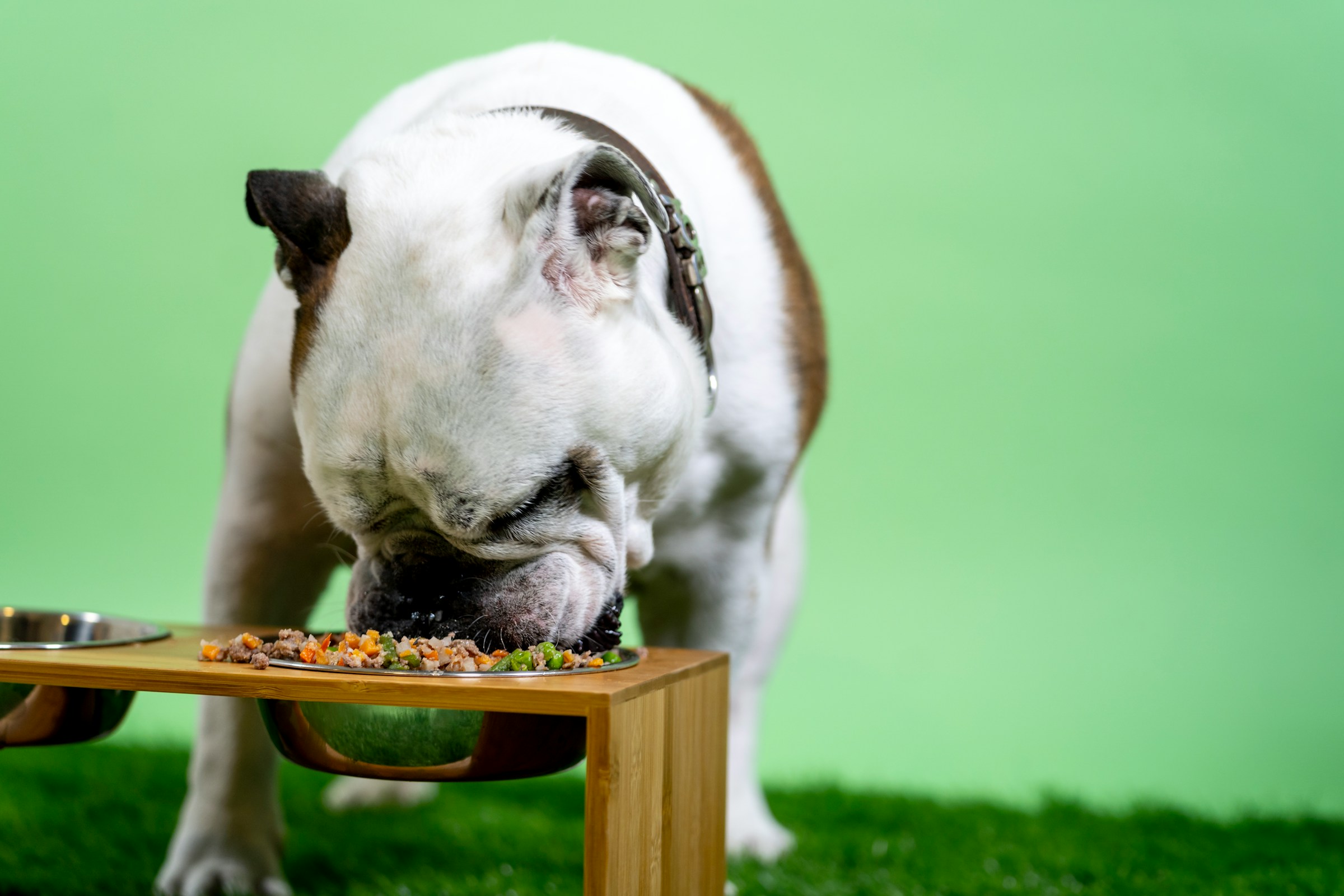One of the most common questions I get as a veterinary nutritionist is about feeding frequency. “Alex,” people will say, “how many times a day should I be feeding my dog?” It’s a fantastic question because, as with so many things in pet care, the answer isn’t always a simple one-size-fits-all. I’m Alex Rivera, by the way, your veterinary nutritionist from sunny California, and with three years in practice, I’ve helped guide many pet parents through this. Even with my own German Shepherd, Rust, his feeding schedule has evolved as he’s grown from a lanky puppy into an energetic adult.
The number of meals your dog needs can impact everything, from their digestion and energy levels to helping prevent certain health issues in some breeds. So, let’s dig into the details.
General guidelines based on your dog’s age
A dog’s age is the primary factor determining how often they should eat. Their needs change significantly as they grow and mature.
Puppies: little and often
Puppies have small stomachs but high energy and nutrient demands for growth. This means they need multiple small meals throughout the day.
- Up to 4 months old. Typically, puppies in this age range thrive on 3 to 4 meals per day.
- 4 to 8 months old. You can usually start reducing this to 2 to 3 meals per day.
- Over 8 months old. Most puppies can transition to 2 meals per day, which will likely continue into their adulthood. Consistent meals also help with house training a puppy!
Adult dogs: consistency is key
For most adult dogs, two meals per day is the general recommendation and a common practice. This schedule helps manage hunger, keeps energy levels stable, and can aid in maintaining a healthy metabolism. An empty stomach for too long can sometimes lead to issues like bilious vomiting (vomiting yellow bile) in some dogs.
Senior dogs: adapting to change
As dogs enter their golden years, their dietary needs might shift again. While many healthy seniors do perfectly well on two meals a day, dogs benefit from the following plans:
- Two smaller meals. This can be easier on their digestion.
- More frequent, smaller meals. If they have certain health conditions or a decreased appetite, smaller, more enticing meals might be necessary. It’s an important consideration when looking at best dog foods for your senior dogs and how it fits into their daily routine. Some common senior dog health problems can also influence appetite and digestion.
Factors that can influence feeding frequency
Beyond age, several other factors can play a role in how often your dog should eat.
- Breed and size. Smaller breeds often have faster metabolisms and may benefit from more frequent small meals, especially as puppies, to prevent hypoglycemia (low blood sugar). Conversely, some giant breeds might do well on two, or even sometimes three, smaller meals to manage intake.
- Risk of GDV (bloat). Deep-chested breeds (like Great Danes, Weimaraners, and yes, even German Shepherds like Rust) are more prone to Gastric Dilatation-Volvulus, or bloat. For these dogs, feeding two or more smaller meals rather than one large meal daily is often recommended to reduce this risk. Avoiding vigorous exercise right before or after meals is also crucial.
- Activity level. Highly active or working dogs might need their daily food intake split into more meals to sustain their energy levels, or simply larger portions at their regular two meals.
- Health conditions. Dogs with certain medical issues, such as diabetes (requiring meals timed with insulin), pancreatitis, or digestive sensitivities, will often have specific feeding frequency recommendations from their veterinarian.
- Individual metabolism and preference. Just like people, some dogs simply do better or seem happier with a particular schedule.
Weighing the options: different feeding schedules
Once a day
While some dogs can manage on one meal a day, it’s generally not recommended for most. It can lead to excessive hunger, potential digestive upset from a large meal, and may not be ideal for maintaining stable energy levels or for breeds at risk of bloat.
Twice a day
This is the most commonly recommended schedule for adult dogs. It helps manage hunger, provides consistent energy, and fits well into most household routines.
Multiple small meals (three or more)
This is standard for puppies and can be beneficial for some senior dogs, dogs with specific health issues, or certain small breeds.
Free-feeding (ad libitum)
I advise against leaving food out for your dog to graze on throughout the day. It makes it difficult to monitor their intake (which is important for spotting early signs of illness), can lead to obesity, the food can spoil or attract pests, and it’s not ideal in multi-pet households. Establishing set mealtimes is part of good routine, much like regular grooming contributes to your pet’s health.
The importance of consistency and portion control
Whatever frequency you choose, consistency in timing helps regulate your dog’s digestive system and manage their expectations. And remember, the total daily amount of food is just as crucial as how often you feed it. This is where understanding protein needs for dogs and other nutrient needs comes into play. Divide their total daily ration by the number of meals you’re providing. Don’t forget to factor in treats – they should only make up about 10% of your dog’s daily caloric intake to avoid unbalancing their diet or contributing to weight gain.
Knowing your dog’s overall health, including things like their dental hygiene, as discussed in How to keep your dog’s teeth clean at home, is all part of a holistic approach to their care that includes proper feeding.
When to consult your veterinarian
The guidelines above are general starting points. Your veterinarian is always your best resource for determining the ideal feeding frequency and overall nutrition plan for your specific dog, taking into account their unique needs. If you’re unsure, or if your dog has any underlying health concerns, please schedule a consultation. Options like telemedicine in veterinary care can make these discussions even more accessible. They can help you fine-tune a schedule that keeps your canine companion healthy, happy, and well-nourished for years to come.

Alex Rivera, a veterinary nutritionist with 3 years of experience in the field. Owns 5 pets of his own; a Burmese python (named Venim), a german shepherd (named Rust), two parakeets (named Whistle and Roberts), and a bengal cat (named Breene).
